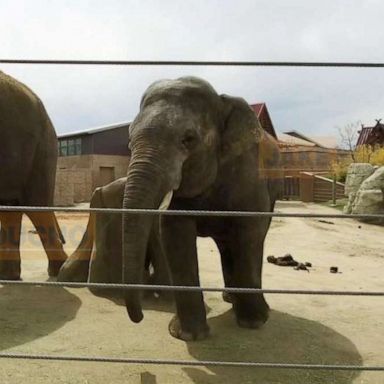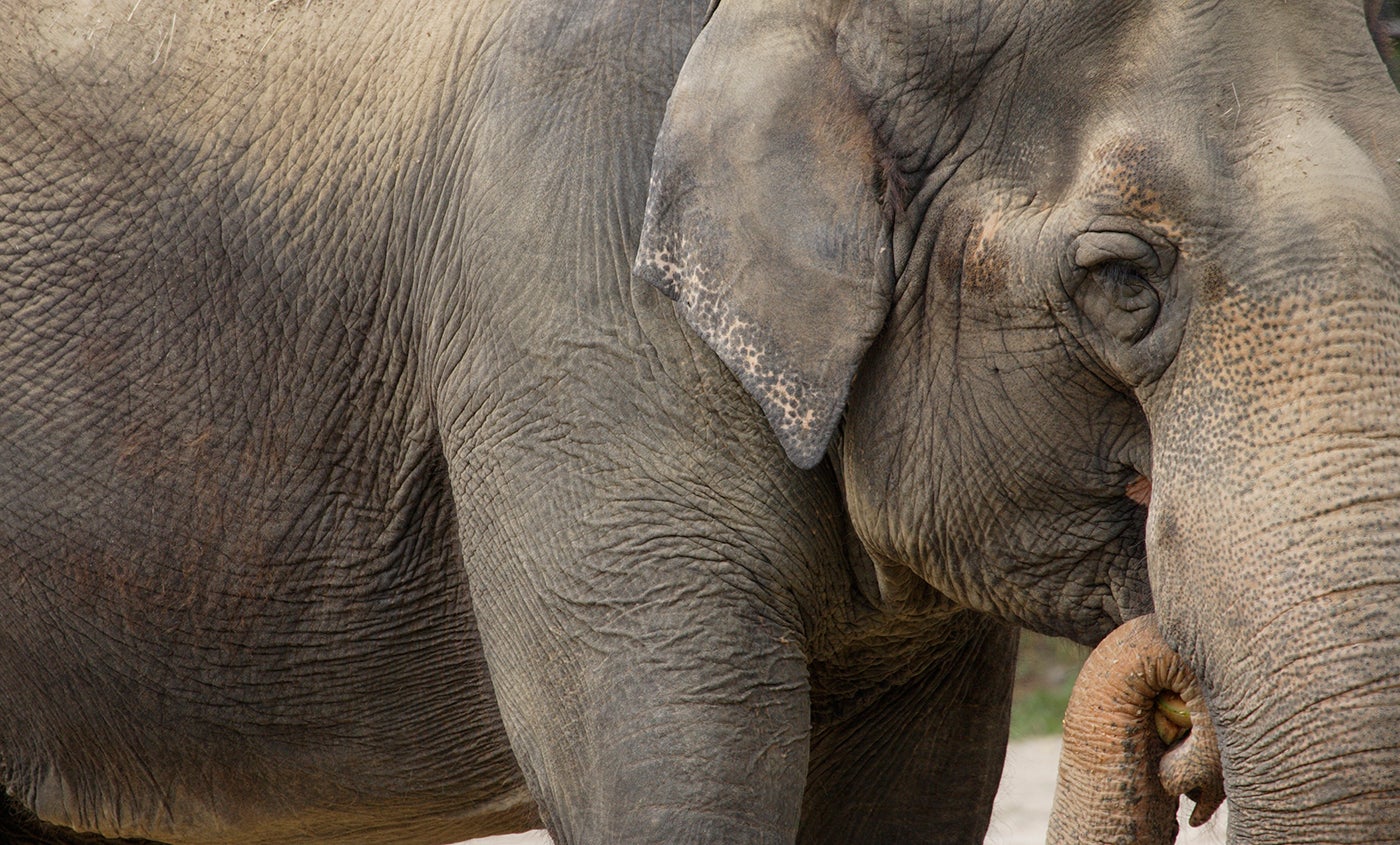Zoocational Animal Tigers Elephants
Lions Dangerous Attack on Animals - Lions fighting to death Lions Most Dangerous Attack on Animals - Lions fighting to death Video Lions Fighting To Death Tiger vs Lion - Amazing fight - Lion vs Tiger Battle Video - Lions fighting to death lion kills tiger Tiger vs Lion Epic Battle animal lions killing hyenas hyenas leones vs hienas wild hyena eat wild hyenas eat dog lions hunting lion hyena. Tiger moms do it alone; raising up to four cubs at a time. Elephants have far more ability, due to their size and tough skin to ride out an attack on a human to affect their escape, and yet tigers escape far more often. Elephants are grazers, so it doesn’t take a lot of mental agility to push down a tree and eat it.
- Zoocational Animal Tigers Elephants Habitat
- Zoocational Animal Tigers Elephants In The Wild
- Zoocational Animal Tigers Elephants Coloring Pages
Tigers May Look Orange To Us But Not To Other Animals. Ondrej Prosicky/Shutterstock
Tigers are the largest species of feline on the planet and one of the most fearsome predators in the world. They are known for their very recognizable striped red-orange fur, a coloration that is useful for camouflage.
This might be obvious when tigers are hunting through the dry undergrowth. Their coloration allows them to be hardly visible even to keen human eyes. But in a predominantly green forest, you'd think a bright orange cat that can be almost 4 meters (13 feet) long would be quite visible. Researchers from the University of Bristol have published a new study explaining why this is not the case.
Tigers' favorite meals are deer, boars, and other ungulates. These animals, like most mammals, are dichromats. They have just two types of functioning color receptors in the eye, meaning they are red-green blind. They struggle to distinguish between green tones and red-orange tones. For them, tigers will match the surrounding forest pretty well.
Humans, on the other hand, are trichromats, meaning we have three color receptors that allow us to reliably differentiate between orange and green, hence tigers appearing orange to us.
The researchers explain in the Journal of the Royal Society Interface how they employed a machine learning algorithm to simulate what the world looks like to dichromats, to work out the optimal colors for camouflage and concealment in animals. They concluded that as long as your predator or prey can’t distinguish between orange and green, there’s no need to develop an emerald hue to hide in a forest.

“Based on our results and given that most non-human mammals have dichromatic color vision that is unable to reliably differentiate orange and green, it seems that there is little benefit to actually become green if the receiver is dichromat,' the researchers wrote in their conclusion. 'Hence predators (eg tigers), whose main prey is other mammals (eg deer), experience little evolutionary pressure to evolve green coloration from a trichromatic perspective.”
Red pigments are common in mammals' colorations while greens aren’t, so it is not surprising that no mammal has felt the evolutionary pressure to evolve some tone of jade in their fur or skin. Sloths can sometimes appear green, but that’s due to the symbiotic relationship between a green algae that lives on the Central and South American animal’s fur, giving it some added camouflage.
The researchers were curious why evolution hasn't pushed prey mammals to become trichromats, like us and other apes. After all, primates are not the only creatures that have three types of color receptors. Marsupials have three, and birds and fish use four pigments for vision. Until that happens, though, tigers have no reason to change their stripes.
Anyone working in a laboratory is responsible for their own safety, as well as those working around them. Ultimately the lab director (faculty/lab manager/supervisor) is responsible for the safety of anyone entering their laboratory – faculty, staff, student, or visitor. Personal safety begins with refraining from the following activities in laboratories, animal rooms, procedure rooms, or cold rooms.
- Eating, drinking or smoking
- Storing food and beverages
- Preparing food
- Applying cosmetics
Personal protection also extends to:
- Wearing appropriate personal protective equipment (PPE) as well as appropriate clothing under the PPE – i.e. no open toed shoes and the legs and arms should be covered to prevent contamination potential.
- Using, when applicable, good engineering controls such as:
- Restraint devices
- Local exhaust ventilation systems
- Maintaining emergency response equipment and understanding how to use it
Personal Protective Equipment
Personnel can use the following equipment for protection from occupational safety and health risks:
- PPE
- Respiratory protection
- Hearing protection
The following personnel are responsible for providing training on the use of PPE to persons under their supervision:
- Supervisors for the animal housing
- Lab Director in the research areas
EHS is available to assist in the proper selection of PPE for the hazard being managed.
The following PPE is used to protect personnel from injury to their eyes, face, head, feet, and hands when working with animals. The department is responsible for supplying the PPE. CAUTION: Before putting on PPE, cover open cuts or abrasions on the body with appropriate dressing.
| PPE | CARE INSTRUCTIONS |
|---|---|
| Departments make arrangements for PPE to be professionally laundered. NOTE: The PPE is not to be taken home. Protective garments should be left in the laboratory when work is completed or, if working with radioactive material, until monitored and found free of radioactive contamination. |
| Dispose of these items prior to exiting the room. |
NOTE: For information about prescription safety glasses contact EHS at (734) 647-1143 | Clean after each use. |
More Information
For more information about the level of PPE required based on the level of risk for each animal, go to the Animal Handler PPE chart.
Respiratory protection is used to protect personnel from airborne hazards – in particular animal allergens are the most prevalent risk for animal handlers; however, respirators may be required based upon particular chemical or biological materials being handled. Personnel may have a mandatory requirement to wear a respirator as determined by:
- OHS clinicians
- Job responsibilities
- Species exposure
- Personal medical condition
Mandatory respirator users require medical clearance by the U-M Occupational Health Clinic and a fit test to determine proper equipment and sizing, done by EHS. NOTE: A surgical mask is not considered a respirator, and does not require entry into the EHS respiratory protection program. It is an individual decision as to whether or not you want to wear a surgical mask.
More Information
For more information about respiratory protection, go to Respiratory Protection.
There is potential for exposure to elevated noise levels in many animal facilities such as animal cage wash and animal rooms. If EHS determines that an exposure to noise has a potential to exceed regulatory limits, employees are placed in the EHS Hearing Conservation Program for proper medical follow up and training.
The following restraint devices provide additional safety when working with animals:
| IF YOU ARE WORKING WITH… | USE THE FOLLOWING RESTRAINT… |
|---|---|
| Primates |
|
| Rodents |
|
| Cats | Canvas restraint bags |
| Rabbits |
|
| Dogs |
|

More Information
For training about proper handling and restraint techniques with animals, contact the ULAM animal staff at (734) 764-0277.
 Personnel must use a local exhaust ventilation system (ventilation system) when administering hazardous materials including:
Personnel must use a local exhaust ventilation system (ventilation system) when administering hazardous materials including:- Volatile anesthetic gases for animal research
- Husbandry activities
The types of ventilation system used in animal research include:
- Biological safety cabinets
- Scavenging devices
- Fume hoods
- Snorkel hoods
Roles and Responsibilities
Zoocational Animal Tigers Elephants Habitat
The ventilation system is certified for a specific purpose – use of hazardous materials or biological substances – or for general non-hazardous conditions such as general exhaust of heat or steam. Because of the rigid standards for certification, not all systems can be used for hazardous material operations. The following departments work together to ensure ventilation systems are working properly.
| Department | Responsibility | Contact Information |
|---|---|---|
| Facilities Service Center | Maintains HVAC systems | (734) 647-2059 |
| EHS |
| (734) 647-1143 |
Zoocational Animal Tigers Elephants In The Wild
More Information

- For more information about certifying ventilation systems, go to EHS Standard of Care for Ventilation Engineering Systems.
- For information describing the differences between ventilation systems, refer to EHS Ventilation – What’s the Difference.
All emergency eyewash and showers are inspected by the Facilities Maintenance on an annual basis. The inspection criteria are based on manufacturer’s recommendations and American National Standards Institute guidelines. The paper inspection tags attached to the equipment are initialed and dated following each inspection. If you notice at any time the equipment is in need of repair, submit a work order to Facilities & Operations Work Control Department by calling the Facilities Service Center at (734) 647-2059 for correction.
Eyewashes must be flushed monthly as detailed below:
Zoocational Animal Tigers Elephants Coloring Pages
| RESPONSIBLE PARTY | EYEWASHES TO FLUSH |
|---|---|
| Laboratory staff | Plumbed eyewashes located in laboratory areas NOTE: Report malfunctions to the Facilities Service Center at (734) 647-2059 |
| Animal Husbandry | Plumbed eyewashes located in animal facility areas NOTE: Report malfunctions to the Facilities Service Center at (734) 647-2059 |
| Facilities Maintenance | Eyewash units located in common areas such as corridors |